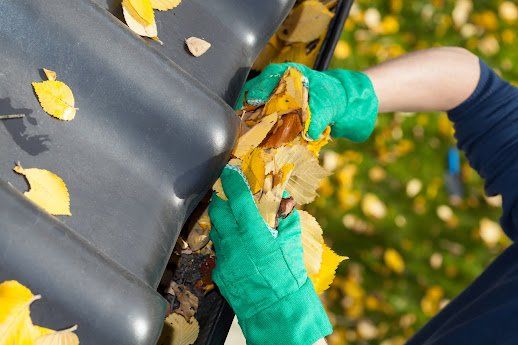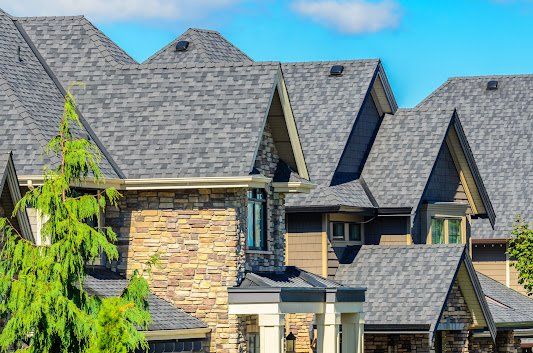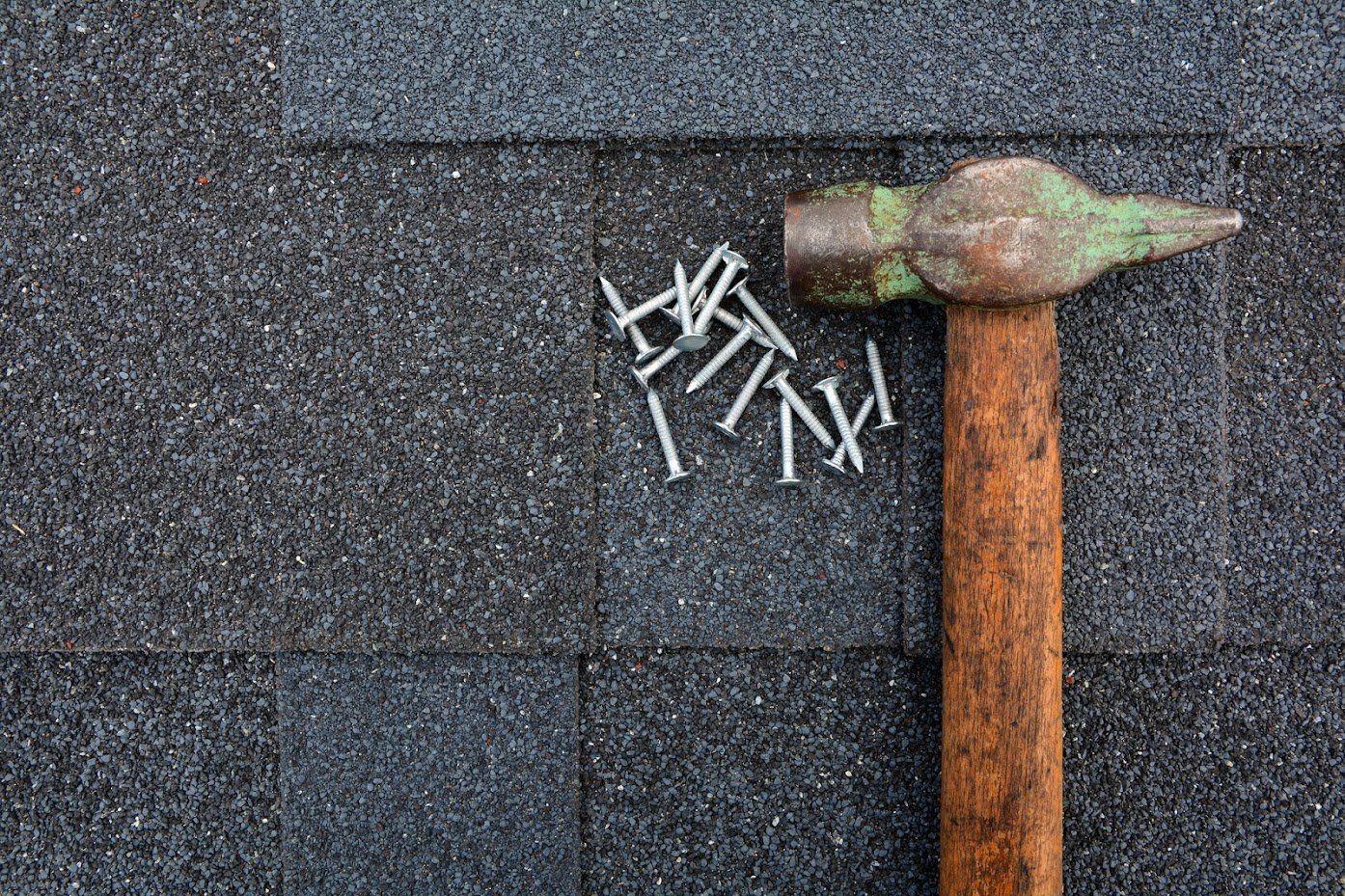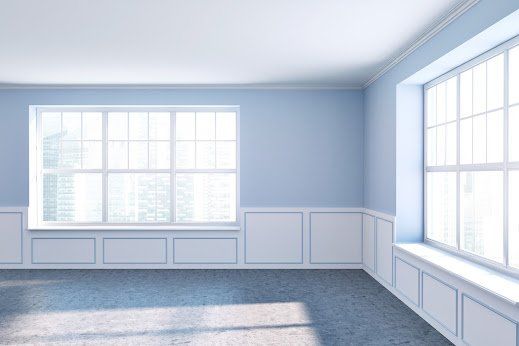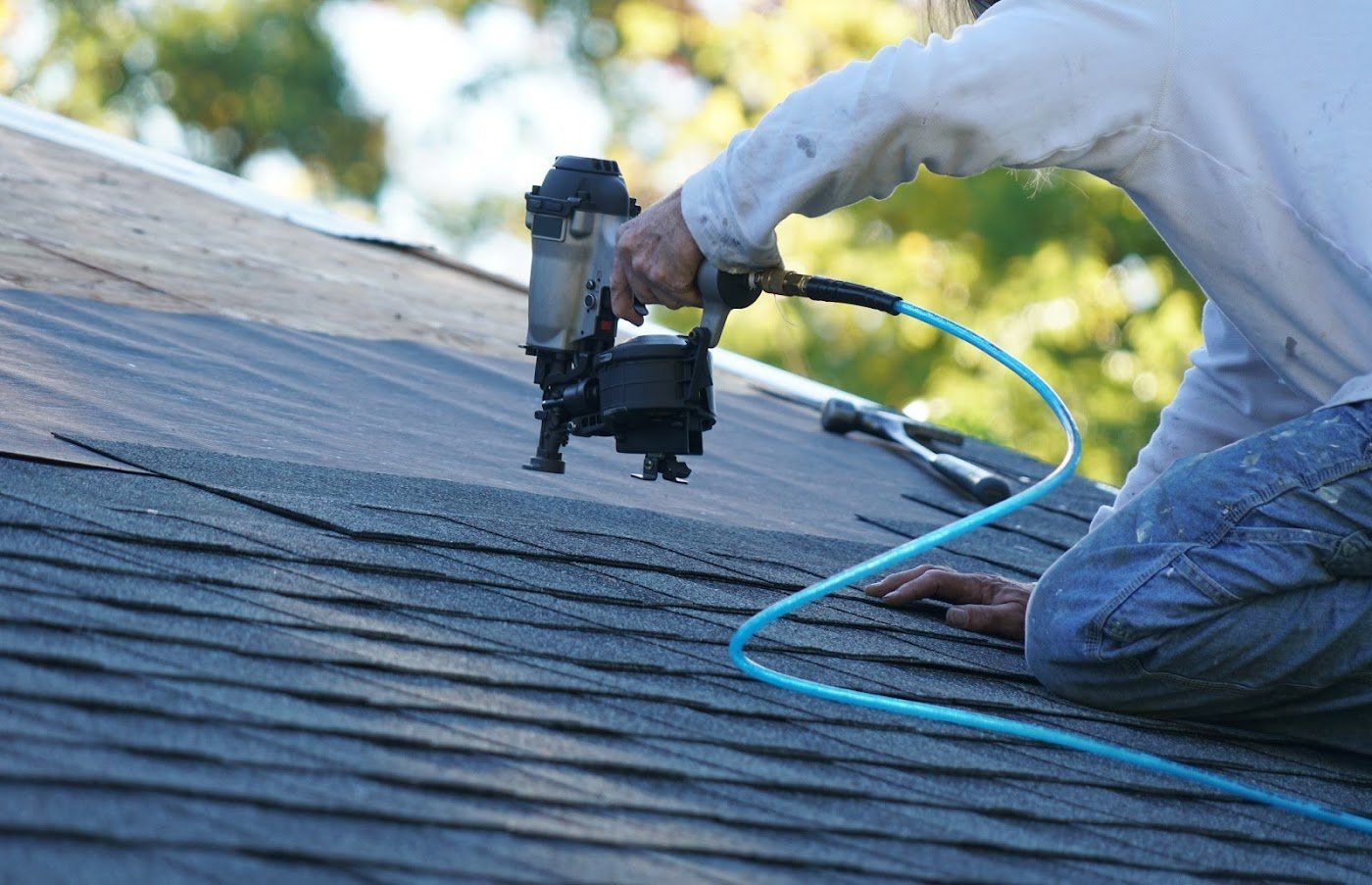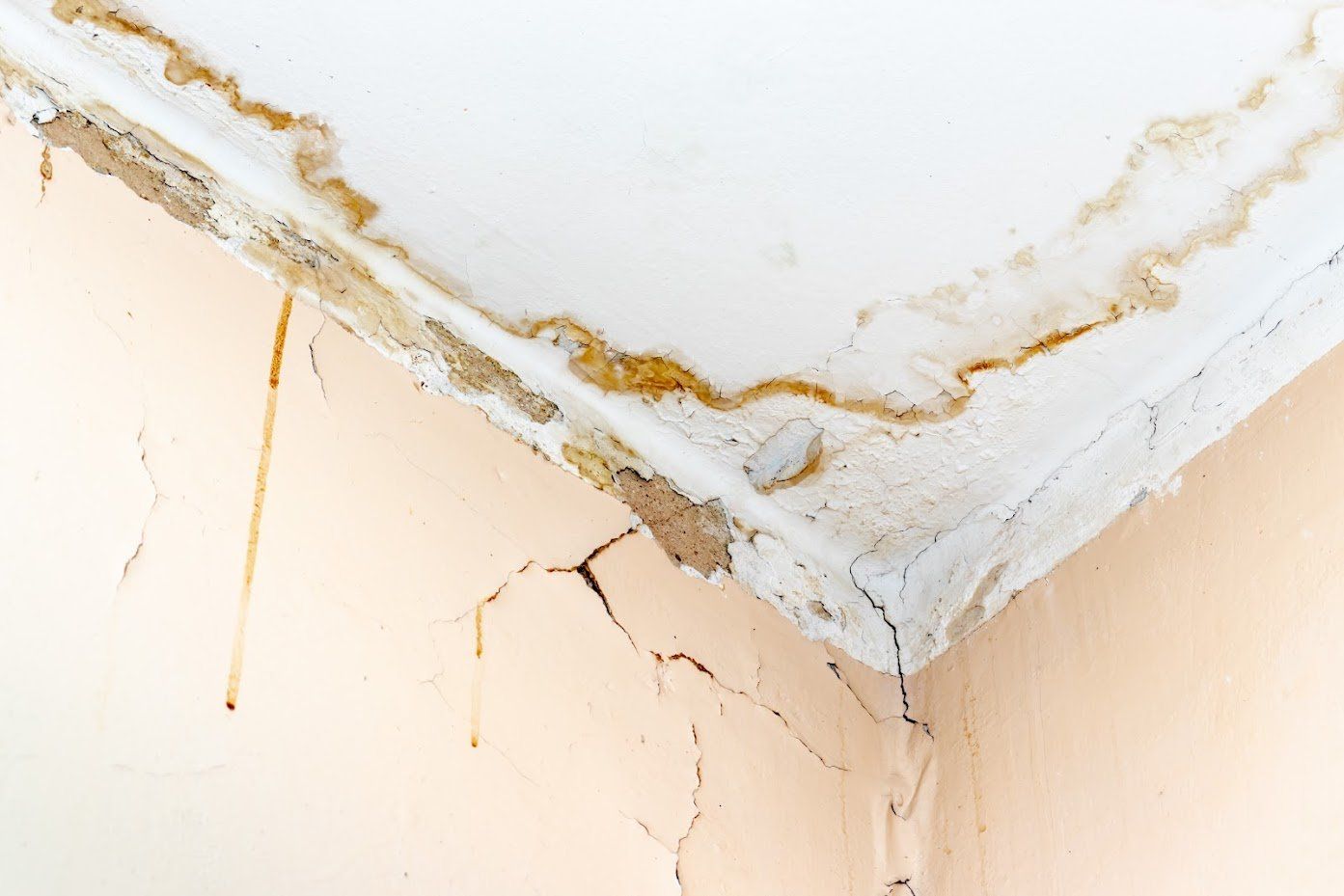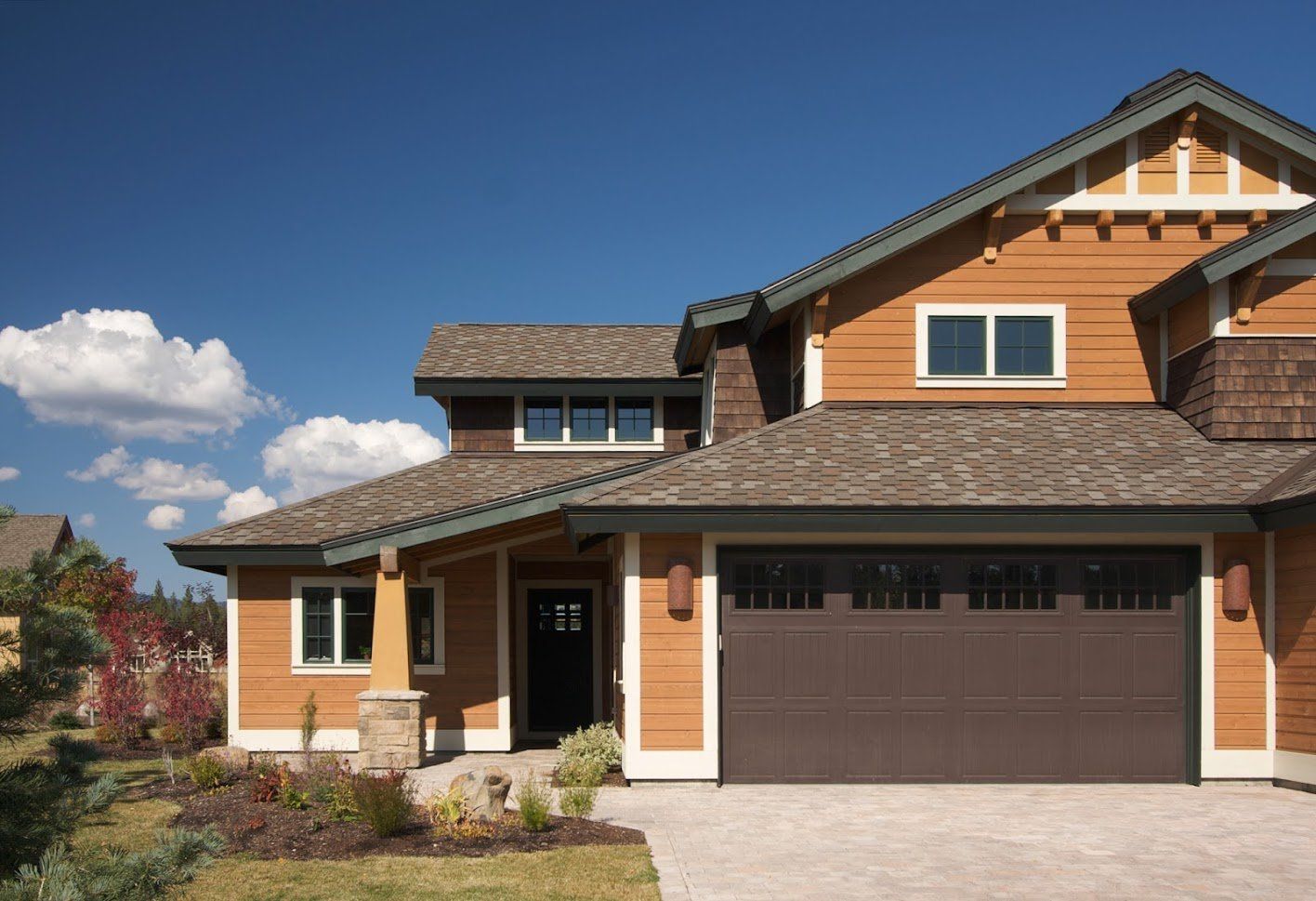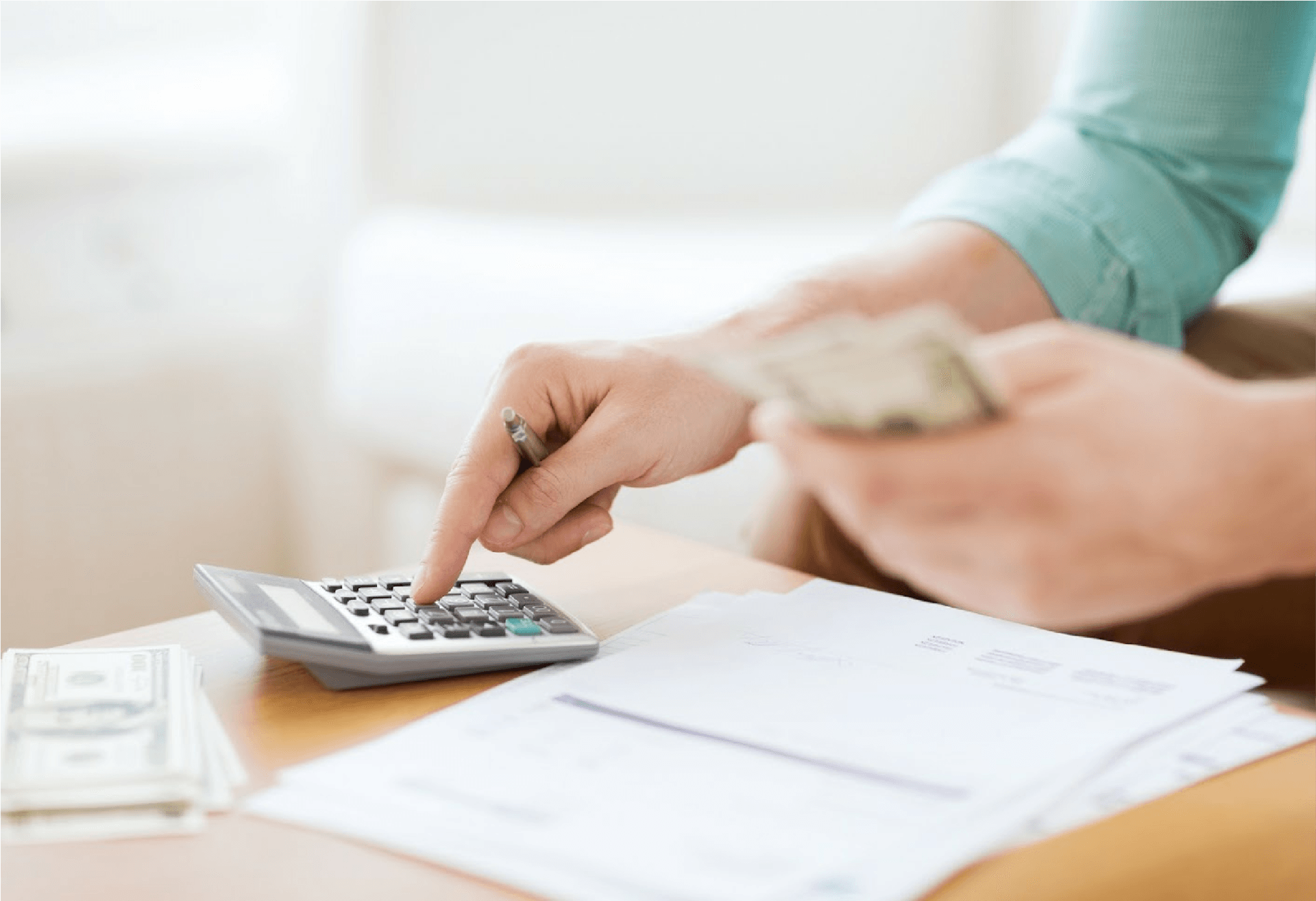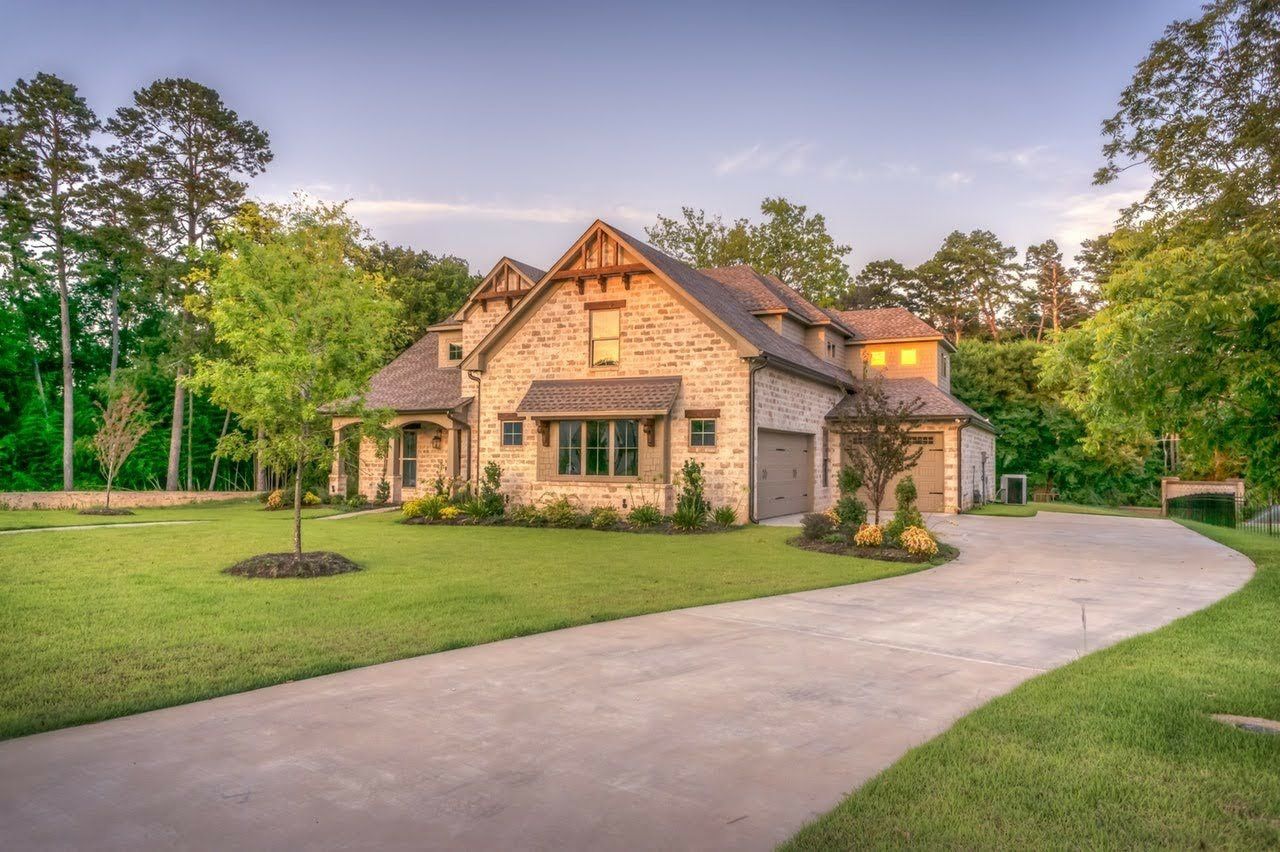3 Vinyl Siding Misconceptions
- By Admin
- •
- 24 Sep, 2020
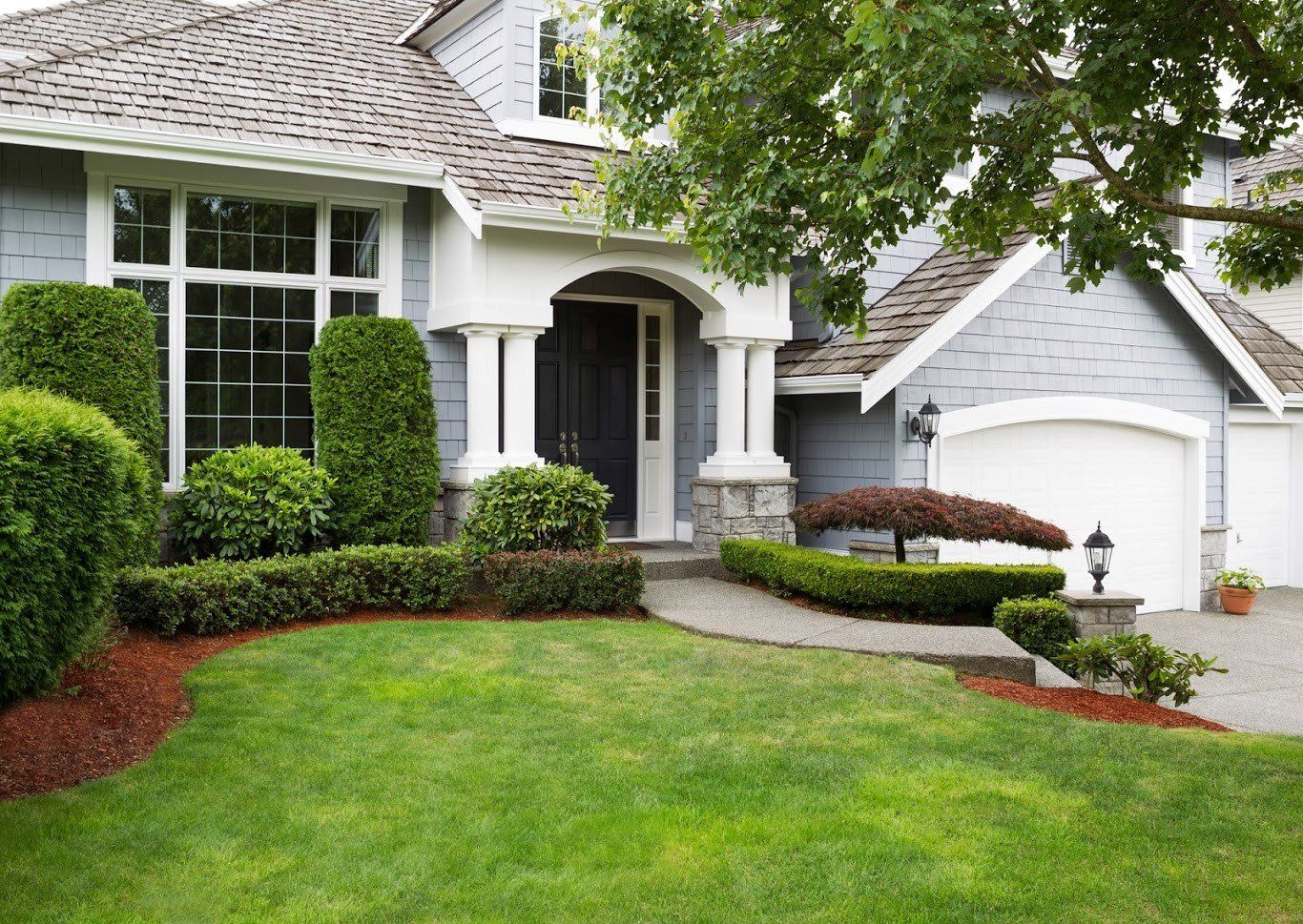
If you would like to improve your home's curb appeal, then you should replace your old, unsightly siding. While you have many replacement siding options, vinyl siding is one of the most popular and economical options around. However, you may believe some common misconceptions about this siding type that leads you to believe that this siding option will not work well for your home when it may truly be the best option for you.
Read on to learn about three vinyl siding misconceptions and the truth behind them.
1. All Vinyl Siding Looks Alike
Many homeowners are surprised to hear that they have many more vinyl siding design options than they ever imagined.
While traditional vinyl lap siding is made up of many 6- to 7-inch wide horizontal vinyl planks that slightly overlap along their edges, clapboard, Dutch lap, beaded seam, board and batten, and scallop vinyl siding styles are also available. In addition, some vinyl siding types are designed to mimic the appearance of other siding materials.
No matter what vinyl siding style you choose, your siding color options are virtually endless and most siding options are available with both smooth and textured surfaces.
2. All Vinyl Siding Lacks Durability
Modern vinyl siding is one of the most durable home siding options available due to product improvements that have been made over the years.
In fact, with proper maintenance, modern vinyl siding can be expected to stay in great shape for up to 50 years or even longer. Some people think that since vinyl is a type of plastic, it is simply not as durable as home siding made of natural materials, such as aluminum or wood. However, both aluminum and wood siding typically need replacement and maintenance sooner than vinyl does.
If you would like vinyl siding that stays in great shape for as long as possible, be sure to choose relatively thick vinyl, since thicker panels are typically more durable than thinner ones. In addition, consider insulated panels that are lined with a layer of foam core insulation. Not only does this insulation help keep your home cooler in the summer and warmer in the winter, but it also increases your siding's dent-resistance.
3. All Vinyl Siding Fades in Color Greatly Over Time
One problem that can occur with vinyl siding is slight color fading caused to UV ray exposure, especially on areas of the home that receive direct sunlight during many hours of the day.
However, some homeowners think that all vinyl siding fades in color greatly and that this problem is impossible to prevent or reverse. The truth is that not all vinyl siding fades dramatically, and some siding is now equipped with reflective technology that reflects the sun's heat and UV rays to prevent color fading.
In addition, if siding color does fade due to oxidation that can occur with UV ray exposure, the siding's original color can often be restored with the use of a special product designed to remove oxidized vinyl and pigment particles.
If your current siding is unsightly or damaged, then replacing it with vinyl siding is a great option. Forget these three vinyl siding misconceptions and contact the vinyl siding installation experts at Ratliff Enterprises, Inc., to schedule siding installation today.
Read on to learn about three vinyl siding misconceptions and the truth behind them.
1. All Vinyl Siding Looks Alike
Many homeowners are surprised to hear that they have many more vinyl siding design options than they ever imagined.
While traditional vinyl lap siding is made up of many 6- to 7-inch wide horizontal vinyl planks that slightly overlap along their edges, clapboard, Dutch lap, beaded seam, board and batten, and scallop vinyl siding styles are also available. In addition, some vinyl siding types are designed to mimic the appearance of other siding materials.
- Clapboard vinyl siding is made up of vinyl planks just 4-inches wide with a wood-like texture and appearance.
- Dutch lap siding planks are also narrow in width and have a unique, multi-dimensional appearance.
- Beaded seam siding has a decorative notch etched into the bottom edge of each vinyl plank.
- Board and batten siding (also called barn siding) is made up of 12-inch wide planks that typically run vertically up and down the sides of the home and have slim wooden panels placed between them.
- Scalloped, or half-round, siding is made up of many small half-round overlapping vinyl panels and is similar in appearance to fish scales.
No matter what vinyl siding style you choose, your siding color options are virtually endless and most siding options are available with both smooth and textured surfaces.
2. All Vinyl Siding Lacks Durability
Modern vinyl siding is one of the most durable home siding options available due to product improvements that have been made over the years.
In fact, with proper maintenance, modern vinyl siding can be expected to stay in great shape for up to 50 years or even longer. Some people think that since vinyl is a type of plastic, it is simply not as durable as home siding made of natural materials, such as aluminum or wood. However, both aluminum and wood siding typically need replacement and maintenance sooner than vinyl does.
If you would like vinyl siding that stays in great shape for as long as possible, be sure to choose relatively thick vinyl, since thicker panels are typically more durable than thinner ones. In addition, consider insulated panels that are lined with a layer of foam core insulation. Not only does this insulation help keep your home cooler in the summer and warmer in the winter, but it also increases your siding's dent-resistance.
3. All Vinyl Siding Fades in Color Greatly Over Time
One problem that can occur with vinyl siding is slight color fading caused to UV ray exposure, especially on areas of the home that receive direct sunlight during many hours of the day.
However, some homeowners think that all vinyl siding fades in color greatly and that this problem is impossible to prevent or reverse. The truth is that not all vinyl siding fades dramatically, and some siding is now equipped with reflective technology that reflects the sun's heat and UV rays to prevent color fading.
In addition, if siding color does fade due to oxidation that can occur with UV ray exposure, the siding's original color can often be restored with the use of a special product designed to remove oxidized vinyl and pigment particles.
If your current siding is unsightly or damaged, then replacing it with vinyl siding is a great option. Forget these three vinyl siding misconceptions and contact the vinyl siding installation experts at Ratliff Enterprises, Inc., to schedule siding installation today.



